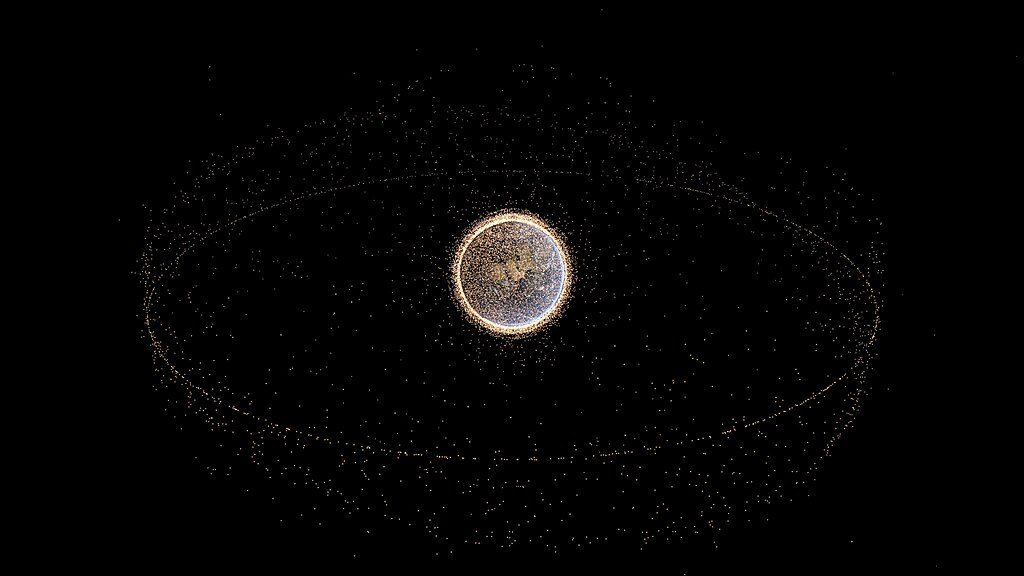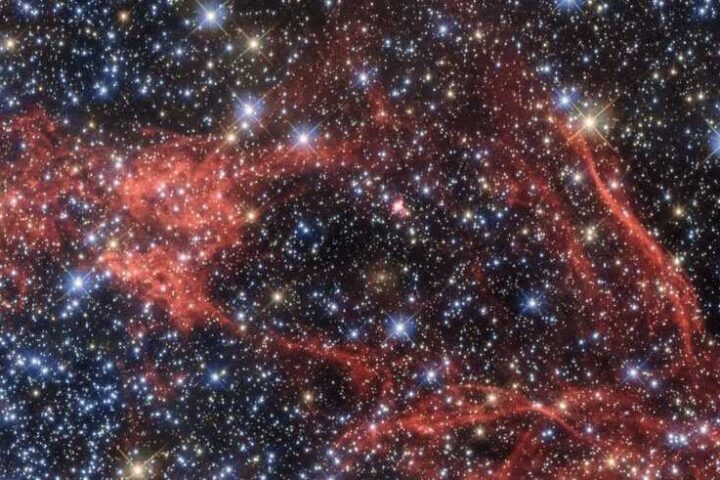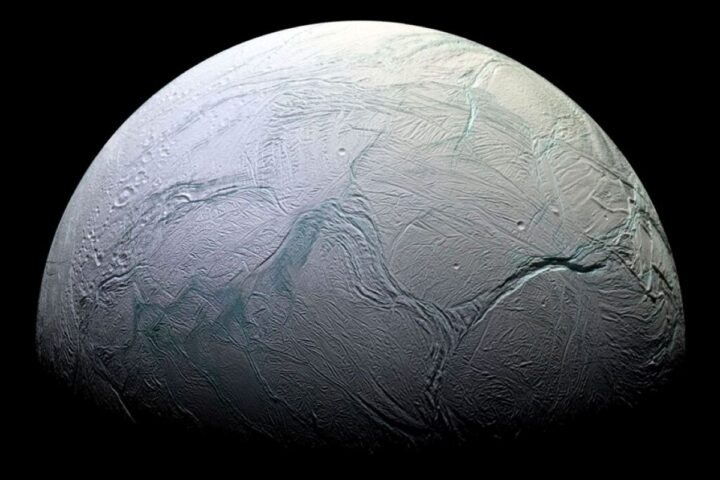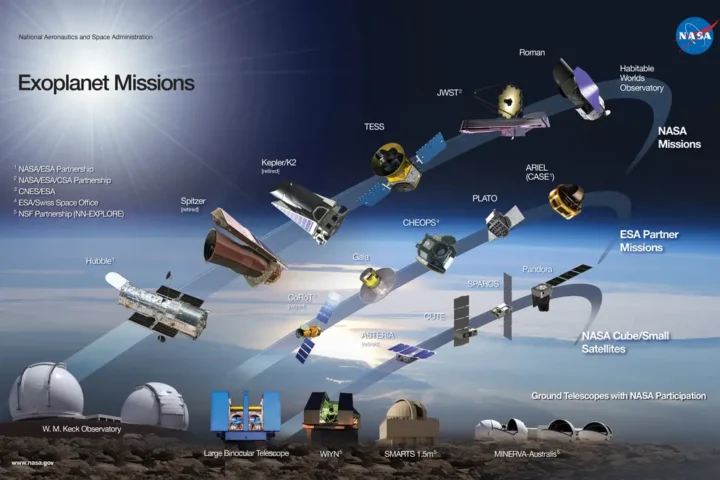A US Air Force weather satellite shattered into 50 pieces just before Christmas 2024, marking one of four recent fragmentation events that intensify concerns about space debris congestion. Space traffic controllers now issue over 1,000 collision warnings daily, revealing the mounting crisis in Earth’s orbit.
The Growing Space Debris Problem
Over 130 million estimated pieces of space debris orbit Earth currently, with approximately 40,500 pieces greater than four inches being trackable, according to the European Space Agency. Most debris travels at approximately 18,000 mph – seven times faster than a bullet, according to NASA data.
“The number of objects in space that we have launched in the last four years has increased exponentially,” warns Dr. Vishnu Reddy, professor of planetary sciences at the University of Arizona. “We are heading towards the situation that we are always dreading.”
Understanding Kessler Syndrome
Named after astrophysicist Donald J. Kessler’s 1978 paper, Kessler Syndrome describes a cascade effect where collisions between objects in orbit create debris that triggers additional collisions, potentially rendering parts of Earth’s orbit unusable.
Since 1957, over 650 documented break-ups, explosions, and collisions have occurred in orbit. A notable incident in 2009 saw an American communications satellite collide with a defunct Russian satellite, creating nearly 2,000 trackable debris pieces.
Dan Baker, director of the University of Colorado’s Atmospheric and Space Physics Laboratory, warned that without action, there is a significant risk of rendering a large portion of the Earth’s environment unusable.
Critical Infrastructure at Risk
The congestion particularly threatens geosynchronous orbit (GEO), approximately 22,236 miles from Earth. This region houses essential systems including:
- NOAA weather-tracking satellites
- Pentagon surveillance platforms
- Commercial communications satellites
- DirectTV and SiriusXM radio operations
“The most dangerous place where this could happen is in GEO,” Reddy explains, “because we have no way of cleaning it up in a quick way.”
Commercial Space Impact
The frequency of space launches has increased from 82 launches annually (2008-2017) to 133 launches per year since 2018. SpaceX alone has deployed over 7,000 Starlink internet satellites.
The US military is currently tracking approximately 47,000 individual objects in orbit – double the volume from a decade ago. Dan Oltrogge, chief scientist at COMSPOC’s Center for Space Standards and Innovation, admits these figures likely underestimate the problem: “What keeps me up is that the data is not accurate enough to allow you to actually avoid the thing you think you’re avoiding.”
More Stories
Prevention and Mitigation Efforts
The European Space Agency has developed the Drag Augmentation Deorbiting Subsystem (ADEO), a braking sail technology, to help deorbit defunct satellites safely. However, Dr. Nilton Renno, a professor at the University of Michigan, notes these methods remain “experimental and exceedingly expensive.”
In September 2024, the United Nations adopted the Pact for the Future, aiming to establish frameworks for space traffic management. However, enforcement mechanisms remain unclear.
“I think the biggest concern is the lack of regulation,” Reddy states. “Having some norms and guidelines put forward by the industry will help a lot.”
Looking Ahead
While experts debate whether Kessler Syndrome has already begun, they agree the situation requires immediate attention. Dr. Carolin Frueh, associate professor at Purdue University, expresses pessimism about timely action to prevent economic damage.
Renno draws a sobering parallel: “The analogy that I like to think about space debris is plastic in the oceans. We used to think that the oceans are infinite, and we throw in trash and plastic, and now we realize — no, those are finite resources. And we are causing huge damage if we are not careful about what we do.”


















